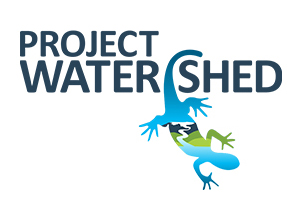Kelp Restoration at Maude Reef
Background Information
Kelp beds are marine sanctuaries, providing some of the most productive ecosystems on the planet and serving as critical habitat and refuge for many species. The large, majestic algal species, Nereocystis luetkeana, dominates many kelp forests in coastal waters of southern B.C. However, losses of bull kelp have been reported from various community based groups. Increases in stressors associated with climate change (eg. rising ocean temperatures) are thought to be a major contributor to kelp declines. Thus, their survival will depend on the ability of existing populations to either withstand or adapt to these stressors. (Information from the Restoration Research on Kelp Forest Habitat in the Salish Sea poster created by Braeden Schiltroth, Sherryl Bisgrove, and Bill Heath)
To learn more about our kelp restoration visit our Kelp Information page. Kelp is a blue carbon plant to learn more visit our Blue Carbon page.
Related Posts
Kus-kus-sum: End of Season Wrap-up
Now that we have put the Kus-kus-sum site to bed for the winter, we wanted to give you all a little update on how things progressed this season – lots happened!
Kate McKeown
Meet our new Forage Fish Technician!
Greenshores at Dyke Road Park – Reimagining a Park
On September 20 and 21, over 20 people were on site to help with planting at the Comox Valley Regional District’s (CVRD) Dyke Road Park redevelopment project.
Gartley Beach Green Shores for Homes Project
Project Watershed is teaming up with the CVRD and the Stewardship Centre for BC to do some shoreline restoration at Gartley Beach in Royston.
Fall and Winter Forage Fish Sampling
We’re gearing up for the fall/winter season of forage fish sampling!
Mallard Creek Riparian Planting
We will be planting native riparian species along a section of Mallard Creek that we recently cleared of invasive Reed canarygrass.

